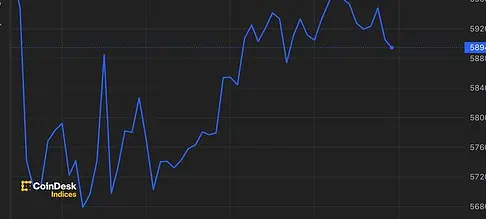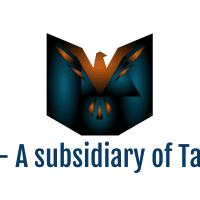Victoria’s economy is on a remarkable growth trajectory, generating employment opportunities for its citizens, with over 130,000 Victorians entering the workforce in the past year—a performance that leads the nation.
The recently released 2022-23 Annual Financial Report for the state showcases the remarkable resilience of Victoria’s economy, even in the face of global challenges such as soaring inflation and increasing interest rates.
State final demand, a crucial indicator of economic health encompassing both public and private investments and expenditures, has surged by an impressive 4%, marking an astounding 11% increase since 2018-19. This surge can be attributed to a nearly 7% rise in consumer spending and an 8% boost in business investments.
The robust economy has propelled a thriving labor market, with Victoria now boasting the lowest unemployment rate in the nation at 3.5%, and employment figures nearing an all-time high at 3.65 million. Regional Victoria has achieved an exceptionally low unemployment rate of 2.7%, approaching record lows.
Since September 2020, the Victorian economy has created more than 500,000 jobs, surpassing the ambitious Jobs Plan target set by the Allan Labor Government by more than two years.
Victoria’s population growth, exceeding pre-pandemic rates, has significantly contributed to its economic vitality. Over the year ending March 2023, Victoria’s population has surged by 2.4%, equivalent to over 160,000 individuals—the highest absolute increase among all states—bringing the total population to 6.8 million.
The Annual Financial Report underscores a remarkable achievement: a net operating cash surplus of $4.3 billion, representing a $13.1 billion improvement over the previous year’s deficit. This success confirms the Labor Government’s fulfillment of step two of the four-step fiscal plan designed during the pandemic to ensure a sustained recovery.
In addition, the 2022-23 operating result surpasses expectations by $1.5 billion compared to the revised estimate in the 2023-24 Budget.
The report also reveals a decrease in total general government sector expenses to $93.6 billion in 2022-23, a reduction of $3.2 billion compared to the previous year, reflecting the gradual withdrawal of COVID-19 support payments.
Remarkably, net debt stands at $3.5 billion lower than the target set in the 2022-23 Budget and $17.8 billion below the forecast in the 2020-21 Budget, totaling $115 billion. Net debt has consistently remained lower than projected in each budget since the onset of the pandemic.
Government investment in infrastructure has surged from $4.6 billion in 2014-15 to an impressive $21.8 billion for 2022-23, supporting the growing population with new housing, transportation, education, and health initiatives.
Government-backed infrastructure projects have not only jump-started careers for thousands of workers but also produced a steady stream of skilled labor through the Free TAFE program.
Victoria’s economic outlook remains exceptionally positive, with Deloitte Access Economics predicting that the state will outpace all others in economic growth over the next two years.
Treasurer Tim Pallas said: “Our economy is strong, jobs are at near-record highs and our fiscal plan is on track. We’ll continue to invest in the future of Victorians, creating the homes, schools, hospitals and transport options that they deserve.”
Keep up to date with our stories on LinkedIn, Twitter, Facebook and Instagram.




















